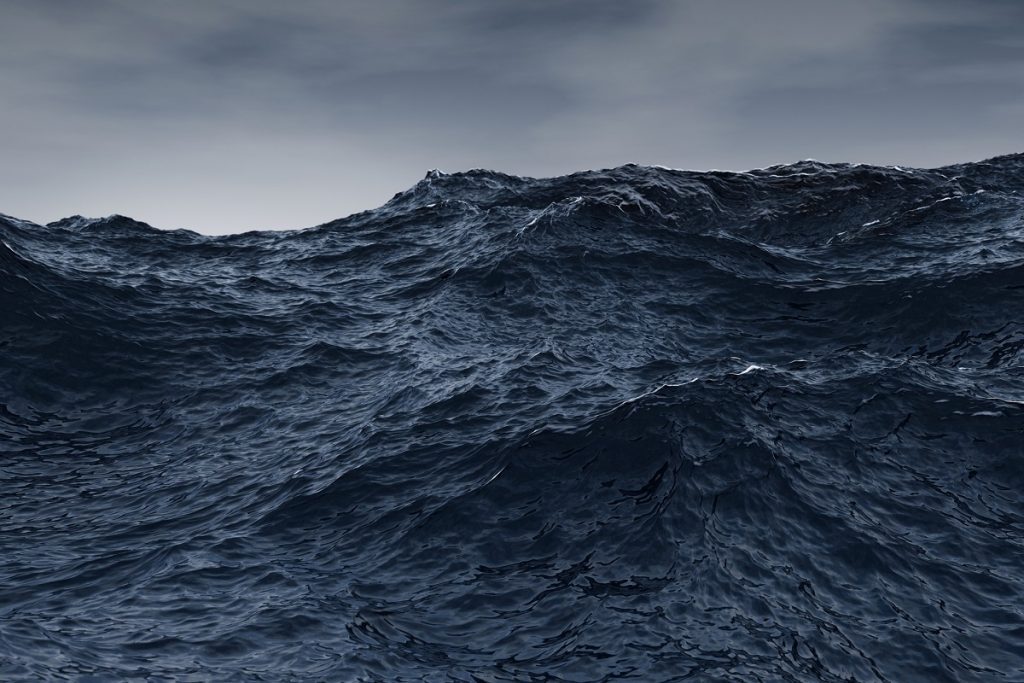In the idyllic surroundings of the Caribbean, an Indigenous community on the small island of Carti Sugtupu, off Panama’s northern coast, faces an existential crisis. Already grappling with overcrowded living conditions, the community of fewer than 2,000 people is confronted by climate change’s relentless encroachment of rising sea waters.
Carti Sugtupu, nestled amidst crystalline waters, is a place where houses are tightly packed, some extending precariously over the sea on stilts. Despite its breathtaking beauty, life here is far from easy. Basic amenities such as potable water and sanitation are luxuries this community cannot afford.
Their sustenance derives from fishing, cultivating starchy crops like cassava and plantain, traditional textile production, and a modest tourism sector. However, the sweltering heat and the absence of essential public services add to the hardships of residing on an island barely the size of five football fields.
The gravest challenge facing Carti Sugtupu and neighboring islands in the Guna Yala region is the relentless rise in sea levels. With homes already susceptible to regular flooding, experts predict that the sea will reclaim Carti Sugtupu and dozens of nearby islands by the end of this century. Most of the 49 inhabited islands are just a few feet above sea level.
“We have noticed that the tide has risen,” explained Magdalena Martinez, a retired teacher from Carti Sugtupu. She voiced the community’s collective apprehension, stating, “We think we’re going to sink, we know it’s going to happen.”
In response to this imminent threat, the Panamanian government has initiated the construction of a new settlement on the mainland. This move is aimed at saving the islanders from the encroaching sea but carries the risk of jeopardizing their culture and way of life.
“This will change our lifestyle quite a bit,” acknowledged Martinez. However, she remained steadfast, asserting, “it won’t change our spirit, it won’t change our habits.”
Steven Paton, a scientist at the Panama-based Smithsonian Tropical Research Institute, emphasized the urgency of the situation, stating, “The fact is that with sea levels rising as a direct cause of climate change, almost all the islands are going to be abandoned by the end of this century.”
Life on Carti Sugtupu presents formidable challenges. Residents grapple with a lack of drinking water, relying on boat trips to fetch it from rivers or purchasing it on the mainland. Electricity is an unreliable luxury, with most inhabitants receiving only a few hours of power daily from a communal generator. Only a minority possess solar panels, supplying their homes constructed from zinc and wood, with dirt floors.
Furthermore, there is no personal sanitation infrastructure. Instead, residents must access communal latrines at the ends of piers, featuring wooden boards perched over the sea.
The Human Rights Watch, in a recent report, highlighted the island’s dire conditions: “There is no room to expand homes or for children to play. Floods and storms have made life even harder… affecting housing, water, health, and education. Such extreme weather is only expected to become more common as the climate crisis accelerates.”
The Panamanian government, after years of delays, has finally taken action. By the end of this year or early 2024, they plan to relocate families to the mainland, a mere 15-minute boat ride away. A new neighborhood, complete with a school, awaits the islanders. Each family will receive 300 square meters (3,200 square feet) of space, including a two-bedroom house, access to drinking water, and electricity.

